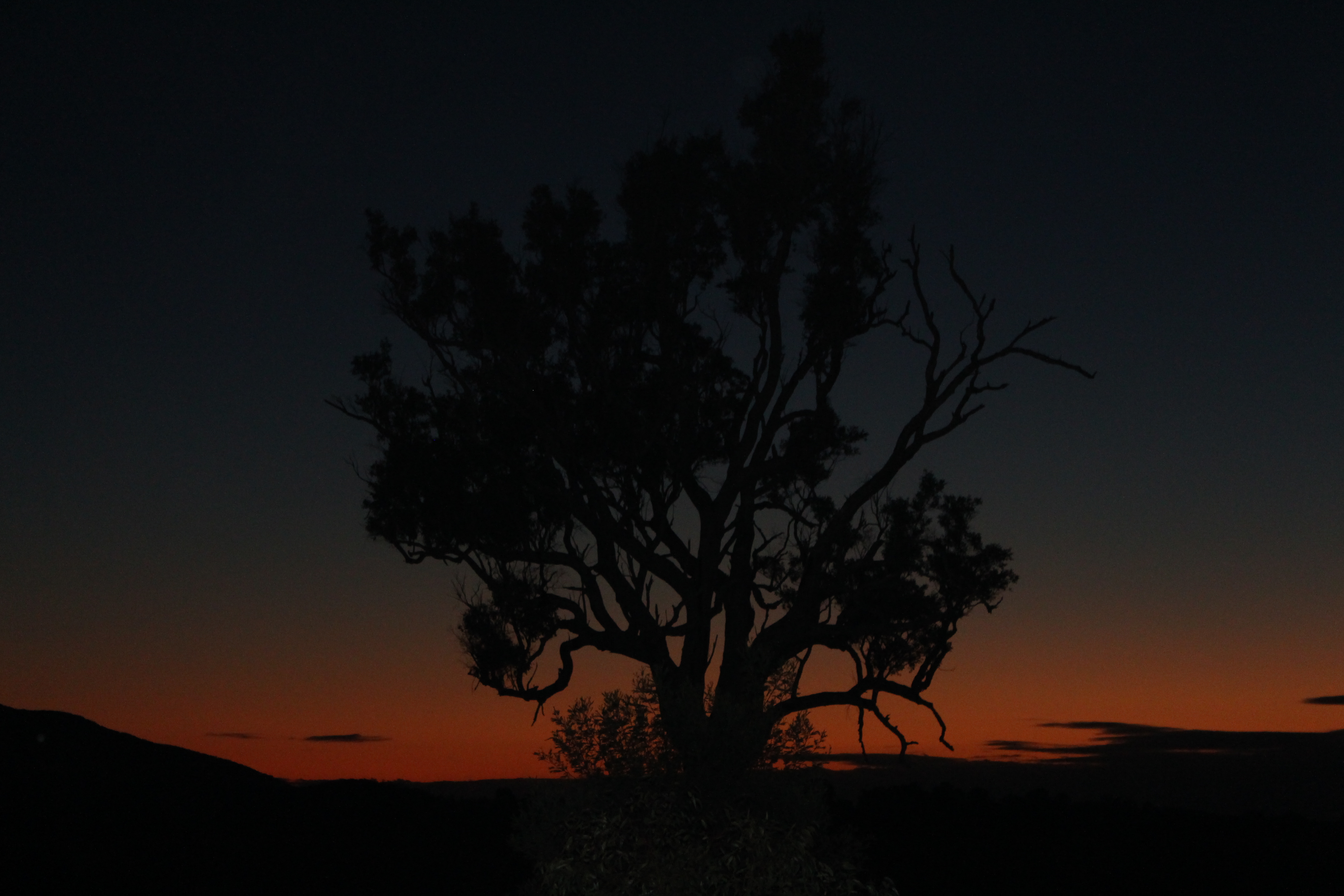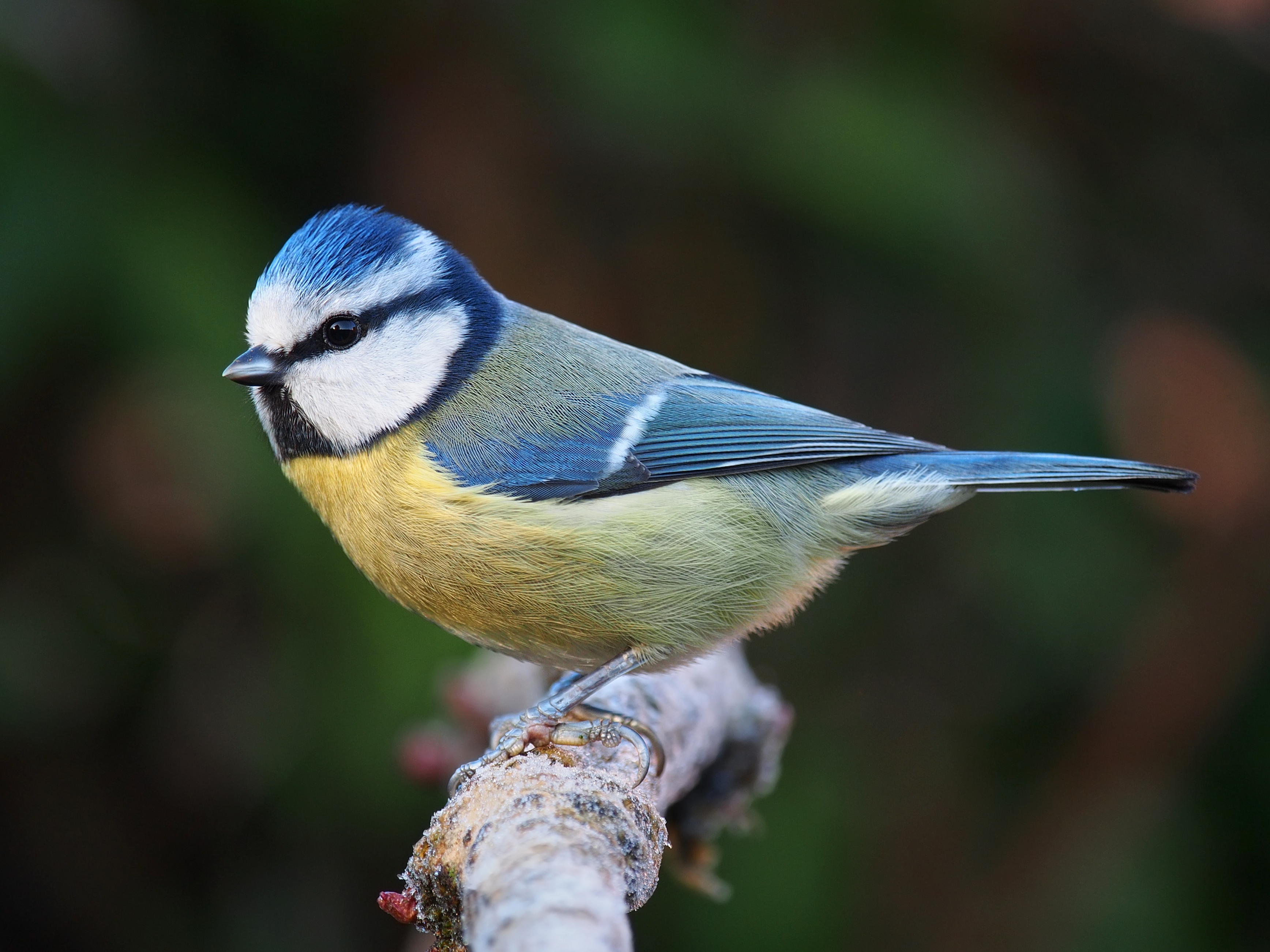|
Trittame Stonieri
''Trittame stonieri'' is a species of mygalomorph spider in the Barychelidae family. It is endemic to Australia. It was described in 1994 by Australian arachnologist Robert Raven. The specific epithet ''stonieri'' honours Russell Stonier, on whose land the type specimen was trapped. Distribution and habitat The species occurs in Central Queensland, in the northern Brigalow Belt bioregion, in eucalypt forest habitats with a dense understorey. The type locality is Bondoola, near Rockhampton Rockhampton is a city in the Rockhampton Region of Central Queensland, Australia. The population of Rockhampton in June 2021 was 79,967, Estimated resident population, 30 June 2018. making it the fourth-largest city in the state outside of .... References stonieri Endemic fauna of Australia Spiders of Australia Arthropods of Queensland Spiders described in 1994 Taxa named by Robert Raven {{Barychelidae-stub ... [...More Info...] [...Related Items...] OR: [Wikipedia] [Google] [Baidu] |
Robert Raven
Robert John Raven is an Australian arachnologist, being the Head of Terrestrial Biodiversity and the Senior Curator (Arachnida) at the Queensland Museum. Dr Raven has described many species of spider in Australia and elsewhere, and is spider bite consultant to the Royal Brisbane Hospital The Royal Brisbane and Women's Hospital (RBWH) is a tertiary public hospital located in Herston, a suburb of Brisbane, Queensland, Australia. It is operated by Metro North Health, part of the Queensland Health network. The hospital has 929 bed ..., leading to much work on spider toxins. References External links Dr Robert Ravenat Queensland Museum Arachnids researchat Queensland Museum Australian arachnologists Living people Year of birth missing (living people) {{zoologist-stub ... [...More Info...] [...Related Items...] OR: [Wikipedia] [Google] [Baidu] |
Eucalypt
Eucalypt is a descriptive name for woody plants with capsule fruiting bodies belonging to seven closely related genera (of the tribe Eucalypteae) found across Australasia: ''Eucalyptus'', '' Corymbia'', '' Angophora'', '' Stockwellia'', '' Allosyncarpia'', '' Eucalyptopsis'' and ''Arillastrum''. Taxonomy For an example of changing historical perspectives, in 1991, largely genetic evidence indicated that some prominent ''Eucalyptus'' species were actually more closely related to ''Angophora'' than to other eucalypts; they were accordingly split off into the new genus ''Corymbia''. Although separate, all of these genera and their species are allied and it remains the standard to refer to the members of all seven genera ''Angophora'', ''Corymbia'', ''Eucalyptus'', ''Stockwellia'', ''Allosyncarpia'', ''Eucalyptopsis'' and ''Arillastrum'' as "eucalypts" or as the eucalypt group. The extant genera ''Stockwellia'', ''Allosyncarpia'', ''Eucalyptopsis'' and ''Arillastrum'' comprise s ... [...More Info...] [...Related Items...] OR: [Wikipedia] [Google] [Baidu] |
Arthropods Of Queensland
Arthropods (, (gen. ποδός)) are invertebrate animals with an exoskeleton, a Segmentation (biology), segmented body, and paired jointed appendages. Arthropods form the phylum Arthropoda. They are distinguished by their jointed limbs and Arthropod cuticle, cuticle made of chitin, often Mineralization (biology), mineralised with calcium carbonate. The arthropod body plan consists of segments, each with a pair of appendages. Arthropods are bilaterally symmetrical and their body possesses an exoskeleton, external skeleton. In order to keep growing, they must go through stages of moulting, a process by which they shed their exoskeleton to reveal a new one. Some species have wings. They are an extremely diverse group, with up to 10 million species. The haemocoel, an arthropod's internal cavity, through which its haemolymph – analogue of blood – circulates, accommodates its interior Organ (anatomy), organs; it has an open circulatory system. Like their exteriors, the internal or ... [...More Info...] [...Related Items...] OR: [Wikipedia] [Google] [Baidu] |
Spiders Of Australia
Australia has a number of highly venomous spiders, including the Sydney funnel-web spider, its relatives in the family Hexathelidae, and the redback spider, whose bites can be extremely painful and have historically been linked with deaths in medical records. Most Australian spiders do not have venom that is considered to be dangerously toxic. No deaths caused by spider bites in Australia have been substantiated by a coronial inquest since 1979. There are sensationalised news reports regarding Australian spiders that fail to cite evidence. ''A Field Guide to Spiders of Australia'' published by CSIRO Publishing in 2017 featuring around 836 species illustrated with photographs of live animals, around 381 genera and 78 families, introduced significant updates to taxonomy from Ramirez, Wheeler and Dmitrov Estimates put the total number of Australian spider species at about 10,000. Only around 3,600 have been described. Little information is known about many undiscovered species. N ... [...More Info...] [...Related Items...] OR: [Wikipedia] [Google] [Baidu] |
Endemic Fauna Of Australia
Endemism is the state of a species being found in a single defined geographic location, such as an island, state, nation, country or other defined zone; organisms that are indigenous to a place are not endemic to it if they are also found elsewhere. For example, the Cape sugarbird is found exclusively in southwestern South Africa and is therefore said to be ''endemic'' to that particular part of the world. An endemic species can be also be referred to as an ''endemism'' or in scientific literature as an ''endemite''. For example ''Cytisus aeolicus'' is an endemite of the Italian flora. ''Adzharia renschi'' was once believed to be an endemite of the Caucasus, but it was later discovered to be a non-indigenous species from South America belonging to a different genus. The extreme opposite of an endemic species is one with a cosmopolitan distribution, having a global or widespread range. A rare alternative term for a species that is endemic is "precinctive", which applies to s ... [...More Info...] [...Related Items...] OR: [Wikipedia] [Google] [Baidu] |
Trittame
''Trittame'' is a genus of brushed trapdoor spiders first described by German arachnologist Ludwig Carl Christian Koch in 1874. It is endemic to Australia. Species the genus contained twelve species, all from Queensland: *'' Trittame augusteyni'' Raven, 1994 *'' Trittame bancrofti'' (Rainbow & Pulleine, 1918) *'' Trittame berniesmythi'' Raven, 1994 *'' Trittame forsteri'' Raven, 1990 *'' Trittame gracilis'' L. Koch, 1874 (type) *'' Trittame ingrami'' Raven, 1990 *'' Trittame kochi'' Raven, 1990 *'' Trittame loki'' Raven, 1990 *'' Trittame mccolli'' Raven, 1994 *''Trittame rainbowi ''Trittame rainbowi'' is a species of mygalomorph spider in the Barychelidae family. It is endemic to Australia. It was described in 1994 by Australian arachnologist Robert Raven. The specific epithet ''rainbowi'' honours William Joseph Rainbow ...'' Raven, 1994 *'' Trittame stonieri'' Raven, 1994 *'' Trittame xerophila'' Raven, 1990 References Mygalomorphae genera Spiders of Aust ... [...More Info...] [...Related Items...] OR: [Wikipedia] [Google] [Baidu] |
Rockhampton
Rockhampton is a city in the Rockhampton Region of Central Queensland, Australia. The population of Rockhampton in June 2021 was 79,967, Estimated resident population, 30 June 2018. making it the fourth-largest city in the state outside of the cities of South East Queensland, and the 22nd-largest city in Australia. Today, Rockhampton is an industrial and agricultural centre of the north, and is the regional centre of Central Queensland. Rockhampton is one of the oldest cities in Queensland and in Northern Australia. In 1853, Charles and William Archer came across the Toonooba river, which is now also known as the Fitzroy River, which they claimed in honour of Sir Charles FitzRoy. The Archer brothers took up a run near Gracemere in 1855, and more settlers arrived soon after, enticed by the fertile valleys. The town of Rockhampton was proclaimed in 1858, and surveyed by William Henry Standish, Arthur F Wood and Francis Clarke, the chosen street design closely resembled t ... [...More Info...] [...Related Items...] OR: [Wikipedia] [Google] [Baidu] |
Bondoola, Queensland
Bondoola is a rural locality in the Livingstone Shire, Queensland ) , nickname = Sunshine State , image_map = Queensland in Australia.svg , map_caption = Location of Queensland in Australia , subdivision_type = Country , subdivision_name = Australia , established_title = Before federation , established_ ..., Australia. In the , Bondoola had a population of 530 people. Road infrastructure The Rockhampton-Yeppoon Road (as Yeppoon Road) runs through from south-west to north-east. References {{Shire of Livingstone Shire of Livingstone Localities in Queensland ... [...More Info...] [...Related Items...] OR: [Wikipedia] [Google] [Baidu] |
Type (biology)
In biology, a type is a particular wiktionary:en:specimen, specimen (or in some cases a group of specimens) of an organism to which the scientific name of that organism is formally attached. In other words, a type is an example that serves to anchor or centralizes the defining features of that particular taxon. In older usage (pre-1900 in botany), a type was a taxon rather than a specimen. A taxon is a scientifically named grouping of organisms with other like organisms, a set (mathematics), set that includes some organisms and excludes others, based on a detailed published description (for example a species description) and on the provision of type material, which is usually available to scientists for examination in a major museum research collection, or similar institution. Type specimen According to a precise set of rules laid down in the International Code of Zoological Nomenclature (ICZN) and the International Code of Nomenclature for algae, fungi, and plants (ICN), the ... [...More Info...] [...Related Items...] OR: [Wikipedia] [Google] [Baidu] |
Bioregion
A bioregion is an ecologically and geographically defined area that is smaller than a biogeographic realm, but larger than an ecoregion or an ecosystem, in the World Wide Fund for Nature classification scheme. There is also an attempt to use the term in a rank-less generalist sense, similar to the terms "biogeographic area" or "biogeographic unit". It may be conceptually similar to an ecoprovince. It is also differently used in the environmentalist context, being coined by Berg and Dasmann (1977). WWF bioregions The World Wide Fund for Nature (WWF) scheme divides some of the biogeographic realms into bioregions, defined as "geographic clusters of ecoregions that may span several habitat types, but have strong biogeographic affinities, particularly at taxonomic levels higher than the species level (genus, family)." The WWF bioregions are as follows: * Afrotropical realm ** Western Africa and Sahel **Central Africa ** Eastern and Southern Africa **Horn of Africa **Madagascar ... [...More Info...] [...Related Items...] OR: [Wikipedia] [Google] [Baidu] |
Species
In biology, a species is the basic unit of Taxonomy (biology), classification and a taxonomic rank of an organism, as well as a unit of biodiversity. A species is often defined as the largest group of organisms in which any two individuals of the appropriate sexes or mating types can reproduction, produce Fertility, fertile offspring, typically by sexual reproduction. Other ways of defining species include their karyotype, DNA sequence, morphology (biology), morphology, behaviour or ecological niche. In addition, paleontologists use the concept of the chronospecies since fossil reproduction cannot be examined. The most recent rigorous estimate for the total number of species of eukaryotes is between 8 and 8.7 million. However, only about 14% of these had been described by 2011. All species (except viruses) are given a binomial nomenclature, two-part name, a "binomial". The first part of a binomial is the genus to which the species belongs. The second part is called the specifi ... [...More Info...] [...Related Items...] OR: [Wikipedia] [Google] [Baidu] |
Brigalow Belt
The Brigalow Belt is a wide band of acacia-wooded grassland that runs between tropical rainforest of the coast and the semi-arid interior of Queensland, Australia. The Interim Biogeographic Regionalisation for Australia (IBRA) divides the Brigalow Belt into two IBRA regions, or bioregions, ''Brigalow Belt North'' (BBN) and ''Brigalow Belt South'' (BBS). The North and South Brigalow Belt are two of the 85 bioregions across Australia and the 15 bioregions in Queensland. Together they form most of the Brigalow tropical savanna ecoregion. Location and description The Northern Brigalow Belt covers just over 13.5 million hectares and reaches down from just north of Townsville, to Emerald and Rockhampton on the tropic, while the Southern Brigalow Belt runs from there down to the Queensland/New South Wales border and a little beyond until the habitat becomes the eucalyptus dominated Eastern Australian temperate forests. This large, complex strip of countryside covers ... [...More Info...] [...Related Items...] OR: [Wikipedia] [Google] [Baidu] |



.jpg)

.jpg)

